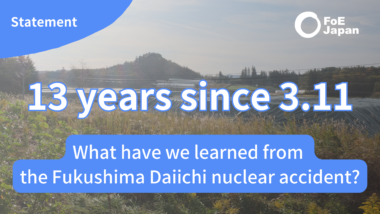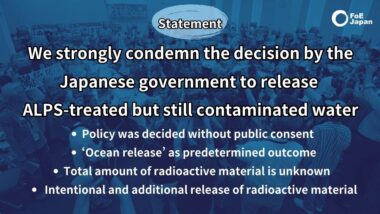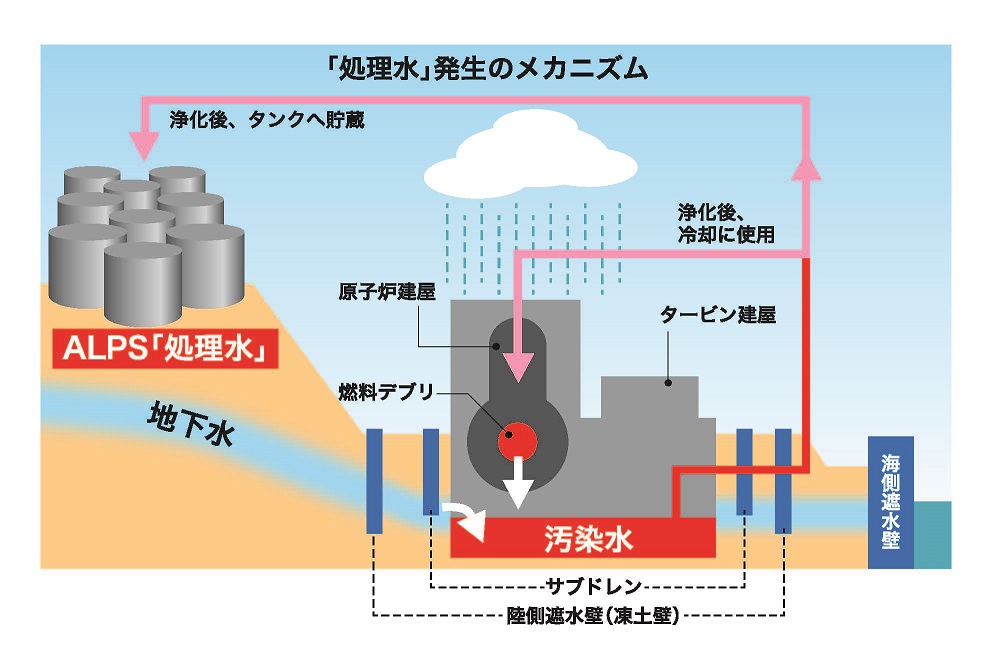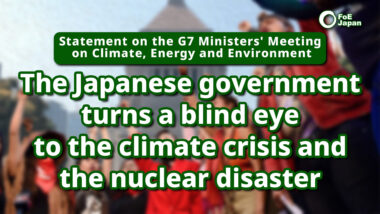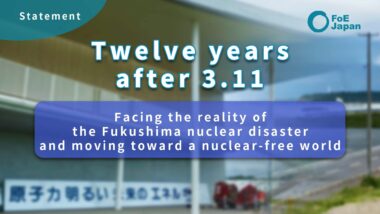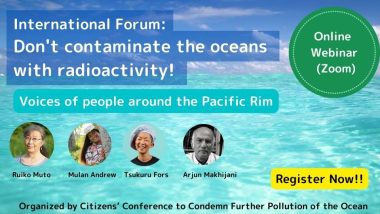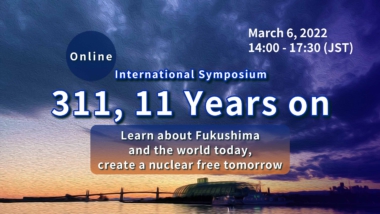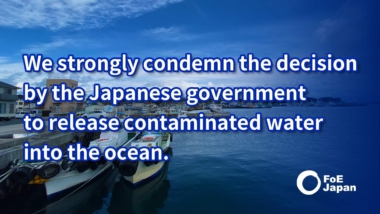Contaminated Water
In April 2021, the government decided to release the treated but still contaminated water stored at the site of Fukushima Daiichi into the ocean.
The “treated but still contaminated” water is generated by the mixing of cooling water from the fuel debris and groundwater that has flowed into the reactor buildings. The amount of tritium contained in the water in the tanks is over 860 trillion becquerels as of 2020. More than 70% of the water has radioactive materials other than tritium, such as strontium 90 exceeding the standard (as of July 2021).
The Nuclear Citizen’s Committee has proposed long-term storage in large, robust tanks used for oil storage, or solidification in mortar. Opposition to the release of radioactive waste into the ocean is strong, and the Fukushima Prefectural Federation of Fishermen’s Associations and the All Japan Federation of Fishermen’s Associations have repeatedly expressed their firm opposition.
